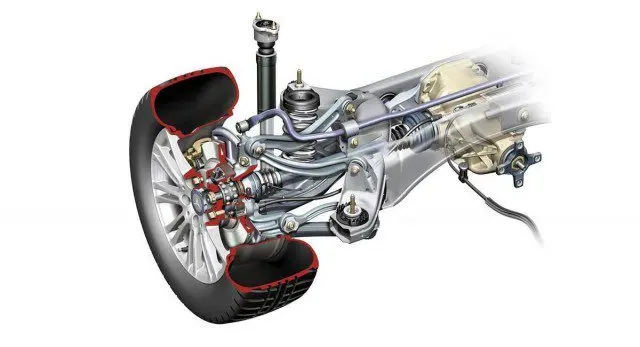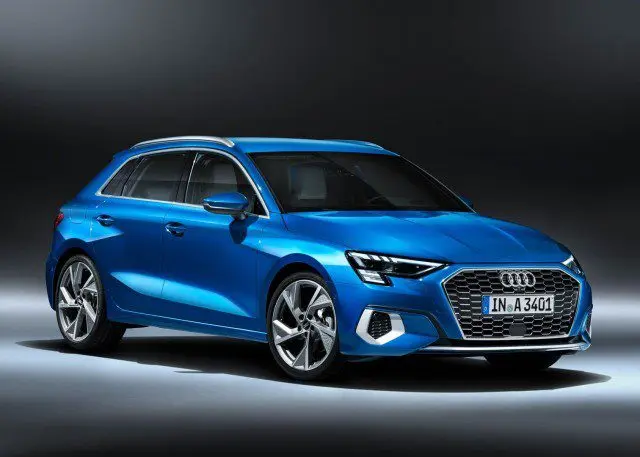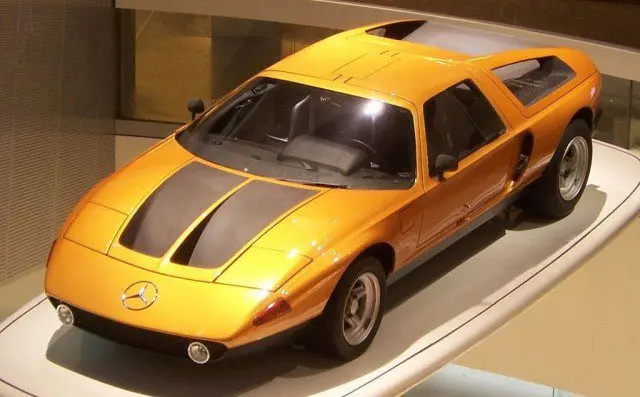
Why did the multi-link suspension begin to disappear?
Torsion bar, MacPherson strut, double fork - what are the differences between the main types of suspension
Automotive technology is advancing rapidly, and modern cars in general are incomparably more sophisticated and advanced than 20 years ago. But there is also an area where technology seems to be slowly receding: suspension. How can you explain the fact that more and more mass-produced cars have been abandoning multi-link suspension lately?

After all, it was he (it is also called multi-point, multi-link or independent, although there are other types of independent ones) that was presented as the best solution for a car. And since it was originally intended for premium and sports models, gradually even more budget manufacturers began to strive for it - in order to prove the ever higher quality of their product.
However, the trend has changed in the past few years. The models that introduced the multi-link have abandoned it, most often in favor of the torsion bar. The new Mazda 3 has such a beam. Like the VW Golf, without the most expensive versions. Like the base new Audi A3, despite its premium price tag. Why is this happening? Has this technology improved and become more sophisticated than others?

The basic version of the new Audi A3 has a torsion bar at the rear, which until recently was unthinkable in the premium segment. All other equipment levels have multi-link suspension.
In fact, the answer to the latter is no. Multi-link suspension remains the best solution when looking for vehicle dynamics and stability. There are other reasons why it fades into the background, and the most important is the price.
In recent times, manufacturers have been pushing car prices up a lot for a variety of reasons – environmental concerns, new mandatory safety technologies, growing shareholder greed… To offset this increase to some extent, companies are seeking to lower production costs. Replacing a multi-link suspension with a beam is a convenient way. The second option is much cheaper and does not require the installation of transverse stabilizers. In addition, the beams are lighter, and weight reduction is key to meeting new emission standards. Finally, the torsion bar takes up less space and allows, so to speak, to increase the trunk.

The first car with multi-link suspension was the Mercedes C111 concept of the late 60s, and in the production model it was first used by the Germans - in the W201 and W124.
So it looks like the multi-link suspension will go back to where it used to be - as an extra reserved for more expensive and sporty cars. And the truth is that most family models of sedans and hatchbacks never use their capabilities on the road anyway.
By the way, this is a good reason to remember the main types of suspension and how they work. There are hundreds of systems in the history of the car, but here we will focus only on the most popular today.
